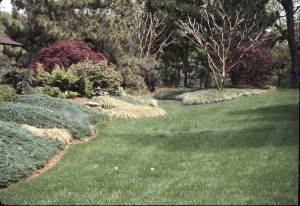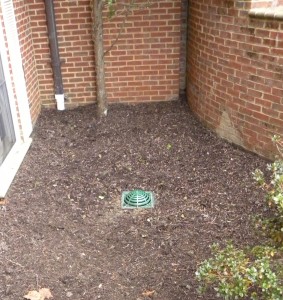I recently saw a ‘grab’ line in an advertisement for a drainage company that stated “The most common solution to drainage is a system of French drains”. No! This is wrong. A French drain in the wrong location can be a costly mistake. Here are a few basic rules for handling surface drainage:
- If the area can be graded to divert the water, this should be the first approach. A minimum of 2% slope on turf is sufficient to move water.
- If grading is not an option a surface drain, or better yet -a catch basin, could be an option. The inlet point must still be 2% higher than the outlet point. Excavation and distance are key financial considerations.
- For standing, percolating ground water a French drain system is a viable option. Water takes the path of least resistance so gravel surrounding an open perforated pipe draws the water in. The pipe still needs to be diverted to a lower elevation in order to remove the water from the area rather than just gathering it.

A turf swale is a good conductor of water

Catch basin with atrium grate to intercept surface water
French drains should not be located next to a foundation of a home for any reason. You would think that this was common sense but I have been on 3 projects in the last 4 months where a contractor had done just that hence, drawing water into the foundation of the house. On one project the downspouts had been tied into this foundation French drain – diverting water into the home and providing the food source for molds.
A drain tile system installed at the base of a foundation during construction is designed to divert ground water into a sump or storm water system. This is a building code and has nothing to do with surface water.

A drysteam can be used to divert surface drainage and include a French drain system as seen below.
